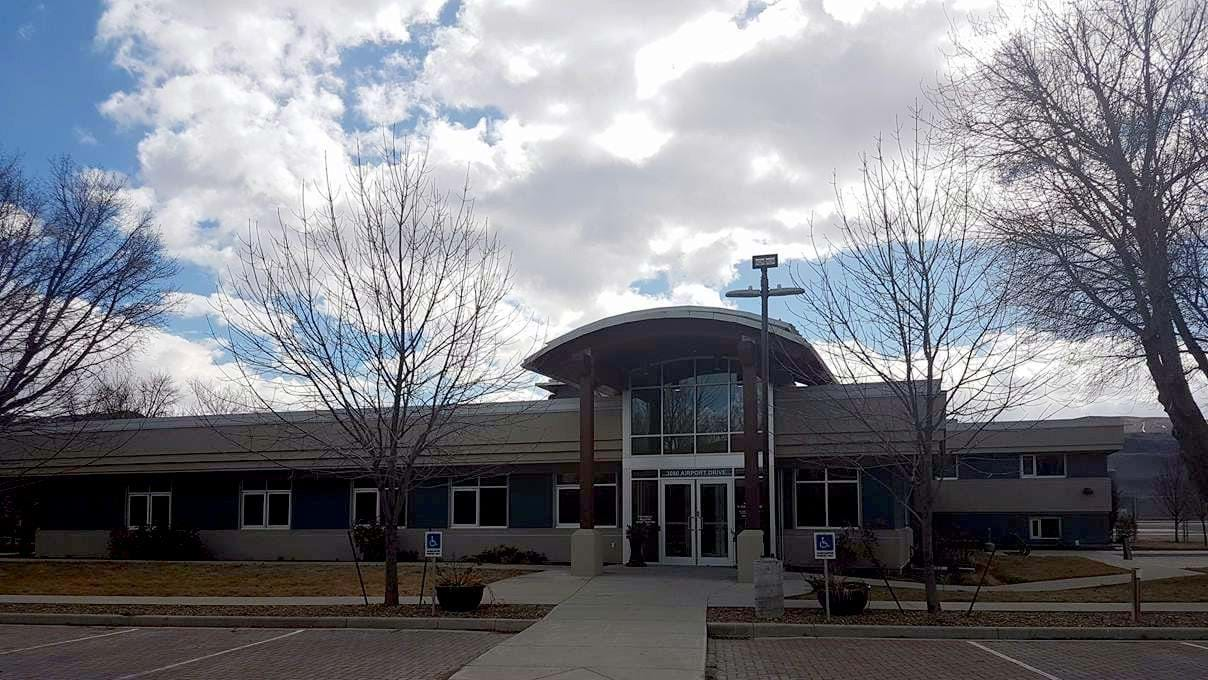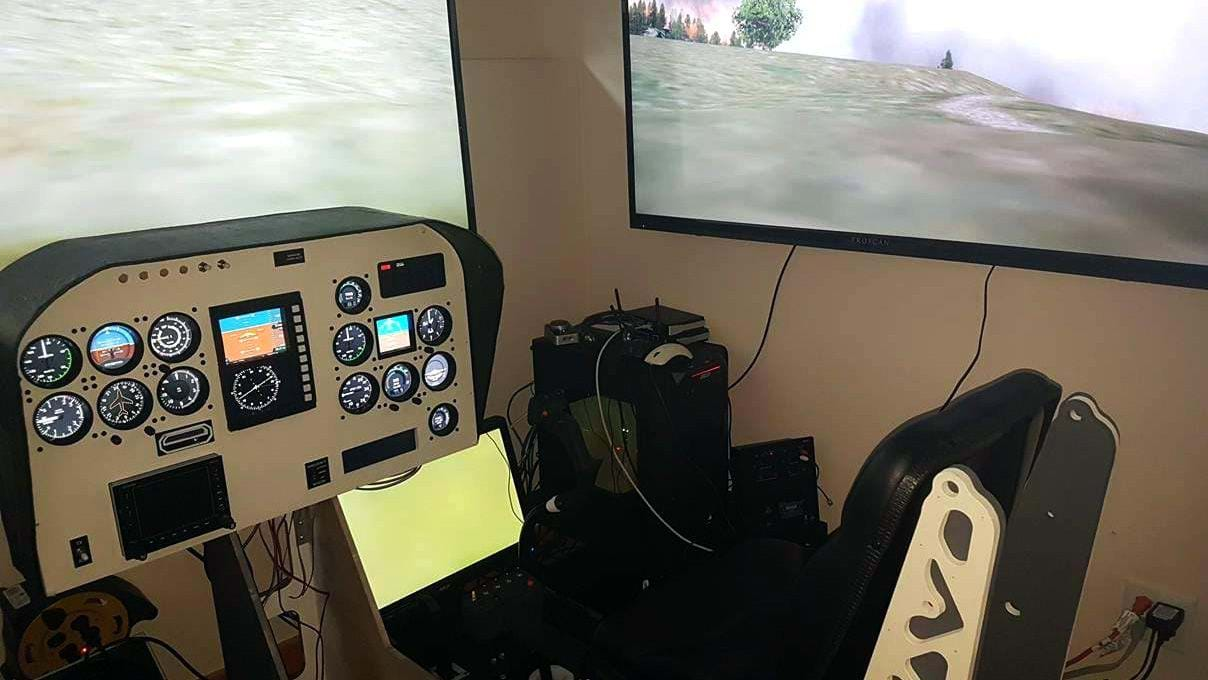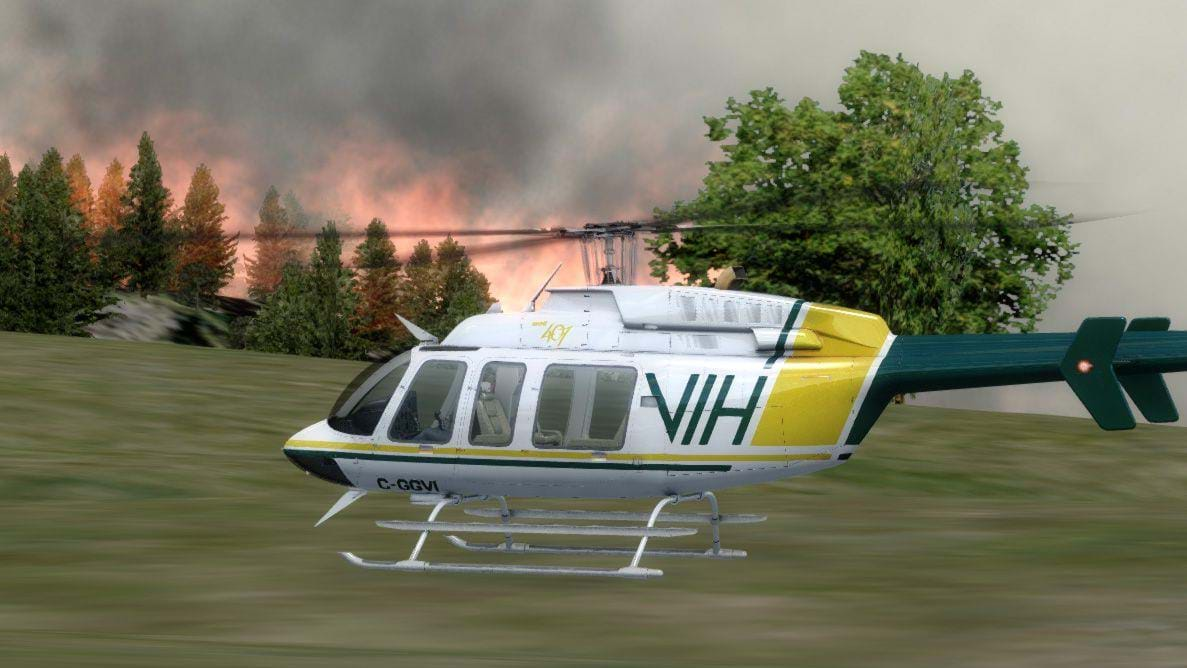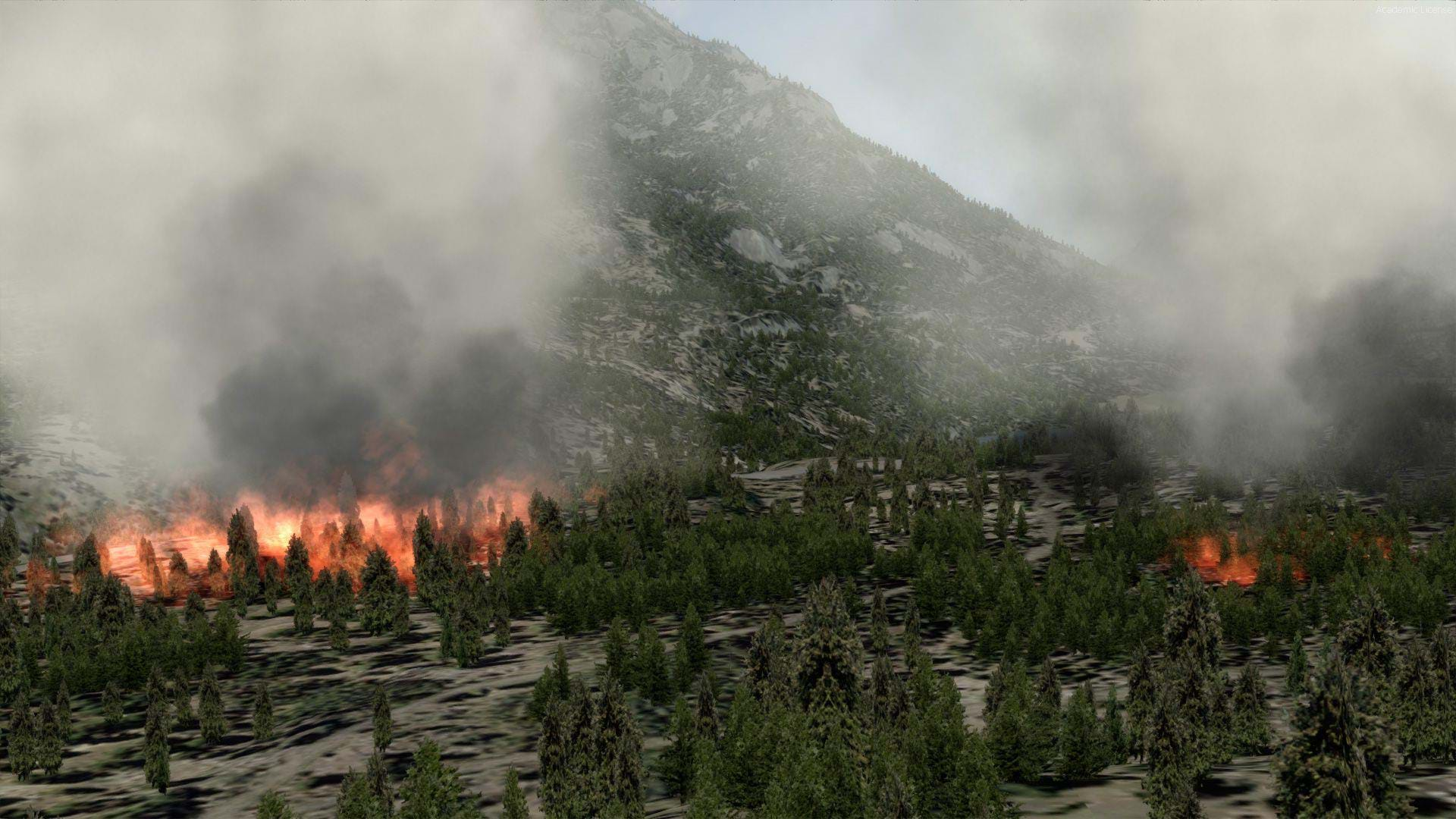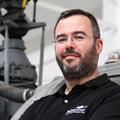Aerial firefighting is a hard and dangerous mission. You are often flying over treacherous terrain that is more than enough to get you sweating even if it’s not set ablaze and with nasty up and down currents that can flip you upside down or smash you against the side of a mountain.
If you add multiple aircraft responding to the same fire, the risk skyrockets and now you have an even more volatile situation (no pun intended).
To avoid any mishaps between aircraft, there must be someone doing the coordination of these aircraft. A kind of local ATC that takes care of everyone and makes sure proper separation is maintained and everyone’s in sync.
This task is performed by a firefighter that’s flying in either a fixed-wing or helicopter aircraft: the lead plane – in Canada these are called “birddogs”. This firefighter is usually not a pilot and he takes the seat next to the pilot, performing his duties.
The birddog first performs a run at the area to identify any hazards and to decide the way the water bombers will have to approach the fire and drop their water/retardant. These guys have a huge responsibility in maintaining all the other aircraft safe while performing their mission and help fight the fire down below.
There’s a lot to be done and these coordinators need to go into a train program that allows them to learn and put everything to practice before performing a check-ride and being allowed to perform this mission in real fires and guarantee everyone’s safe and sound.
Since visibility is limited due to the smoke in the area so communication is key and the coordinator must be on top of his game. One mistake could mean the loss of aircraft and human lives.
Canada’s British Columbia Wildfire Services has such a program. Over the last 30+ years, some 100 trainees have gone through it and they have learned everything they need to perform their mission.
The program is comprised of 3 days of theory a week in the simulator and then they move on to the real planes. It then culminates with the check-ride. Once they graduate from the program, they are ready to go into action.
Home simulation makes its way into the program
Nine years ago, a fellow named Shawn Lund started considering home simulators as a way to help the BC Wildfire Service to both improve the program and reduce the number of hours and flights necessary for the firefighters to be able to perform the check ride and finish the course.
Shawn has been hard at work since then, building a custom sim over Lockheed’s Prepar3D. Using 3 big monitors as external views and 2 others for panels (with the recent addition of one more on the ground to simulate the chin bubble), this sim allows for a pilot to fly around an area and the firefighter to get to know it and elaborate a strategy for specific conditions.
Also vital to this is the use of FireFighter X. This software allows you to create and fight fires. There are a lot of different settings you can change such as choosing between water/retardant, as well as a plethora of other stuff that will help you create realistic firefighting missions.
With both a full-sized sim, P3D and FireFighter X, a great virtual training environment was created and the BC Wildfire Service is now getting their trainees through it. With this sim, BCWS has managed to reduce the amount of time necessary for trainees to perform the check ride by 50%. Instead of 25-30 flights, students are now able to do only 12-15. A student has managed to achieve that goal with only 8 flights, which is something BCWS should be very proud of.
Now while home flight simulators are still very distant from reality in terms of flight dynamics and physics, Shawn Lund managed to find a great opportunity to add them to a serious, real life program and leverage them to perform a better service for trainees and their employers, reducing costs and improving their program.
A world first: one step further
Shawn didn’t stop here. He is currently working in a new sub-program that will be a world first: the creation of a professional virtual pilot’s team.
This team will be comprised of virtual pilots all around the world that will be trained in the procedures used by BCWS and then participate on the program, which will allow trainees to interact with real people in the same environment. Pilots may either use FSX or P3D (FireFighter X allows for the use of both sims) and they will follow trainees’ orders and perform their mission just like their real counterparts.
A final, personal note
We are very, fortunate, proud and excited that we are able to help Shawn with this program. It’s not only an amazing opportunity to be part of something special but it’s also somewhat of a look into the future. In a world where jobs are changing rapidly, virtual professionals are something that may become a thing very quickly.
These are very exciting times.
Where to find more information
You can find more about the BC Wildfire Service program here.


